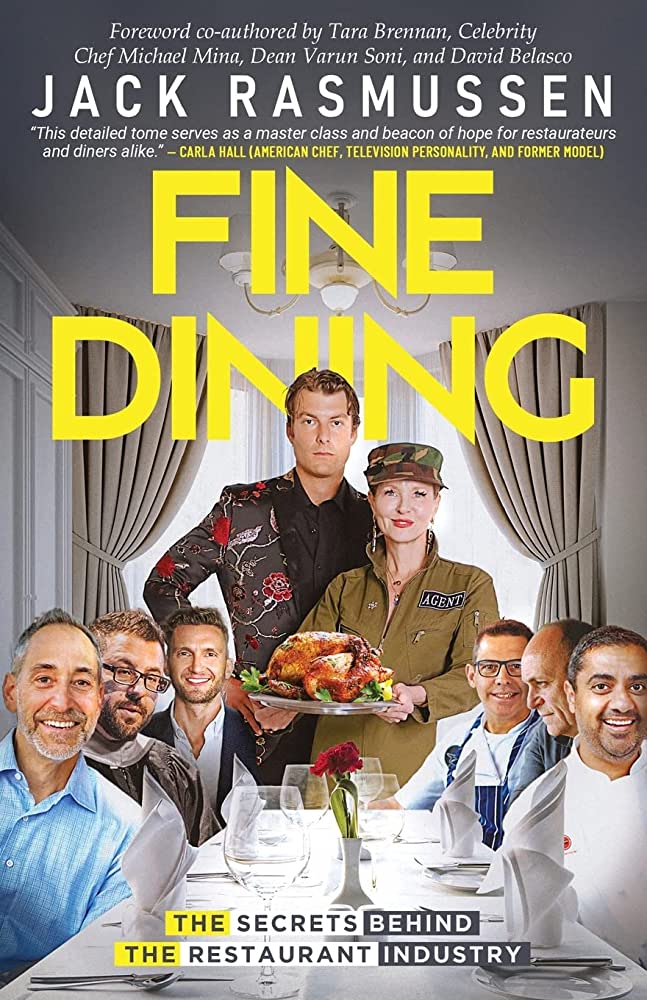Innovative restaurant concepts are changing the face of fine dining, introducing virtual dining that creates an immersive experience, zero-waste restaurants, collaborative dining that brings together customers from different backgrounds to share a meal and robotic automation that brings faster service and improved efficiency. Examples of innovative restaurants include Project Nourished in California, using virtual reality to recreate food, Dining in the Dark in London and New York, offering diners meals in complete darkness and Creator in San Francisco, using a custom-built burger-making machine to create customized burgers within five minutes. With these innovative new concepts, the restaurant industry is evolving and changing the way people dine.
Revolutionizing Fine Dining: Innovative Restaurant Concepts Taking Over the Industry
Introduction
Gone are the days of traditional fine dining experiences. In today’s fast-paced world and ever-evolving food culture, innovative restaurant concepts are taking over the industry. From unique themes and restaurant designs to unconventional menus, restaurants are experimenting with new ways to engage their customers and satisfy their palates. In this article, we explore some of the most exciting and innovative restaurant concepts that are revolutionizing fine dining.
Virtual Dining
Virtual dining is a concept that uses technology to create immersive dining experiences. Restaurants like Project Nourished in California recreate real-life food in a virtual environment, where guests wear headsets and “eat” the food using a fork that transmits signals to the virtual environment. Similarly, Dining in the Dark restaurants in London and New York offer diners the chance to eat their meals in complete darkness, enhancing their other senses.
Zero-Waste Restaurants
Zero-waste restaurants are a new trend that aims to reduce food waste and minimize the footprint of restaurants on the environment. These restaurants use every part of the ingredients they use, such as vegetable peelings, bones, and unsold bread, to create a menu that is tasty and sustainable. For example, ReFED Kitchen in California uses locally-sourced ingredients to create a zero-waste menu.
Collaborative Dining
Collaborative dining is a social dining experience that brings together people from different backgrounds to share a meal. These restaurants usually have communal tables and serve family-style meals that encourage guests to interact and make new friends. For example, EatWith offers dining experiences in homes around the world, where guests can enjoy a home-cooked meal with locals.
Robotics and Automation
Robotics and automation are revolutionizing the restaurant industry by offering faster service, consistent quality, and improved efficiency. Robots are being used to take orders, make food, and even serve customers. For example, Creator, a San Francisco-based restaurant, uses a custom-built burger-making machine, which creates fully customized burgers in under five minutes.
Conclusion
Innovative restaurant concepts are taking over the industry, changing the way we dine and enhancing our overall dining experience. From virtual dining and zero-waste restaurants to collaborative dining and robotics, these new concepts are setting the bar for the future of fine dining. As restaurants continue to experiment and push boundaries, we can only expect the industry to evolve further and continue to delight us with new and exciting dining experiences.
